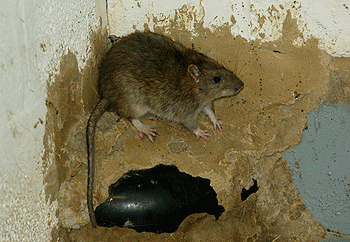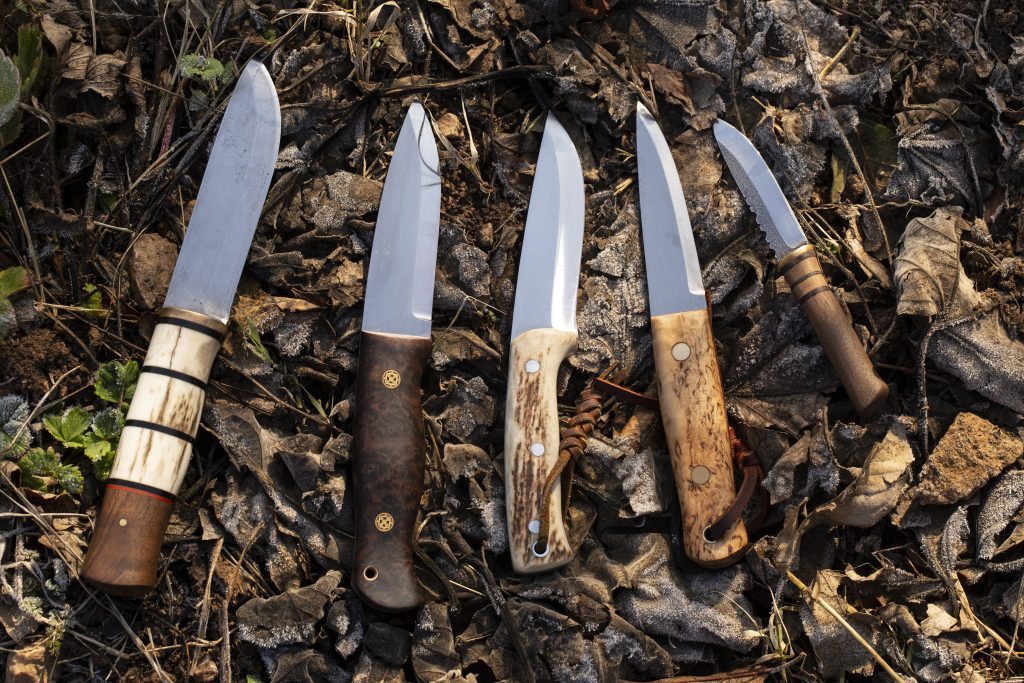Win CENS ProFlex DX5 earplugs worth £1,149 – enter here
The rat pits of London
<strong>A history of rat-baiting in the 19th century</strong>

Rats! The very word evokes aninstant reaction ? usually dislike, fear and loathing. Yet for a dedicated handful of terriermen and selective ferreters, the mere mention of rats evokes not disgust but thoughts of hunting with a purpose ? to eradicate them.
But there was a time when these lowly and despised creatures were the subject of a so-called sport which, in its heyday, attracted prodigious crowds of followers from all walks of life and society, eager to watch and to bet on a brutal and, to our eyes, an essentially degrading activity. It was a period in our history when bull baiting, cock fighting and dog fighting still prevailed, though they were to be summarily curtailed by the passing of the 1835 Cruelty to Animals Act.
The Act, however, did not include protection for rats, which, as a result of poor sanitation and overcrowded buildings, swarmed countrywide and presented a severe health hazard. Rat baiting, as it was called, was not proscribed. As a result, ratting competitions became a major source of gambling, so much so that at one time there were more than 70 rat pits in London. Each attracted a clientele of toffs, middle-class and the poor, who rubbed shoulders as they watched the grisly spectacle of hundreds of rats being killed by dogs.
The pit in which the rats were released was usually about 12 sq ft surrounded by high wooden walls and with the floor whitened so that the rats would be more visible to the assembled crowd. The writer James Wentworth Day vividly described the atmosphere in one of the last London rat pits: ?The cellar was full of smoke, the stench of rats, dogs and dirty human beings as well. The stale smell of flat beer was almost overpowering. Gas lights illuminated the centre of the cellar, a ring enclosed by wood barriers . . . a hundred rats were put in, large wagers went back and forth on whose dog could kill the most rats within a minute.?
The officials included a referee and a timekeeper, while the rules for the matches varied from pit to pit. One variation was a weight handicap for each dog, so that the competing animal had to kill as many rats as it weighed within a specific time ? a killing rate of five seconds per rat was considered excellent.
The October 1822 issue of The Sporting Magazine reported on a rat pit match at the Cockpit, Westminster, in which a renowned dog, Billy, was wagered for 20 sovereigns to kill 100 rats in 12 minutes. At 7¼ minutes every single rat had been despatched and a few days later he repeated the feat, this time in 6¼ minutes. In 1823, Billy set a world record with 100 rats slain in 5½ minutes! This record stood until 1862 when a black-and-tan bull terrier, Jacko, owned by one Jemmy Shaw, knocked two seconds off Billy?s record.
An infamous rat-catcher
Rat baiting was a brutal ?sport? but it did at least destroy thousands of rats at a time when these creatures swarmed wherever humans were in close habitation, bringing with them disease and filth. To supply the rat pits was a major undertaking. Perhaps the most notable rat-catcher of the time was Jack Black, who described himself as official rat and mole destroyer to Her Majesty Queen Victoria. Black not only caught and destroyed the vermin in vast numbers, but he supplied the rat pits at the various taverns throughout the capital.
A showman and well aware of the value of publicity, he wore a green coat matched with a scarlet waistcoat, white breeches and a broad leather belt across one shoulder which was inset with cast-iron rats. One can only assume that Black must have employed numerous assistants to help him meet the demand, such was the need for rats for the pits.
Black occasionally caught odd-coloured rats from which he bred. He then sold the coloured progeny as pets. It is said that Beatrix Potter and even Queen Victoria kept a tame rat or two.
In Britain, rat baiting vanished from the scene as a more enlightened approach to the welfare of dogs, if not rats, was adopted. The association of the rat pits, with the era of the long-discredited cock fighting and dog fighting, was seen to be no longer acceptable. The last public rat-baiting competition took place in Leicester in 1912 and the owner of the pit was prosecuted and fined.
The ?sport? was also popular in 19th century America, notably in New York. The last rat pit, known as Sportsmen?s Hall, was owned by Christopher ?Kit? Burns. A member of the Dead Rabbit Gang, which was portrayed in Martin Scorsese?s film Gangs of New York, Burns organised both rat and dog fights.
His last rat pit fight was on November 21, 1870, when some 300 rats were slaughtered. On that night the Society for the Prevention of Cruelty to Animals (SPCA) raided the premises and Burns was arrested but died before he could come to trial. His widow invited an SPCA man to visit her in Brooklyn, provided ?he brings his own coffin with him?!
Related Articles
Get the latest news delivered direct to your door
Subscribe to Shooting Times & Country
Discover the ultimate companion for field sports enthusiasts with Shooting Times & Country Magazine, the UK’s leading weekly publication that has been at the forefront of shooting culture since 1882. Subscribers gain access to expert tips, comprehensive gear reviews, seasonal advice and a vibrant community of like-minded shooters.
Save on shop price when you subscribe with weekly issues featuring in-depth articles on gundog training, exclusive member offers and access to the digital back issue library. A Shooting Times & Country subscription is more than a magazine, don’t just read about the countryside; immerse yourself in its most authoritative and engaging publication.







